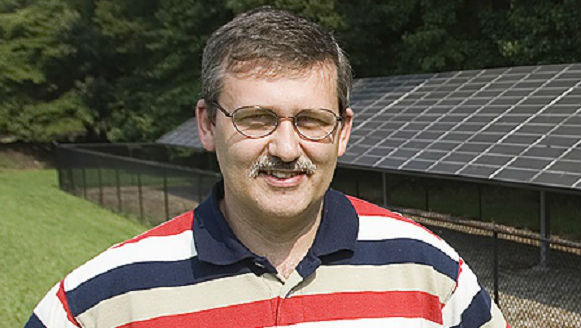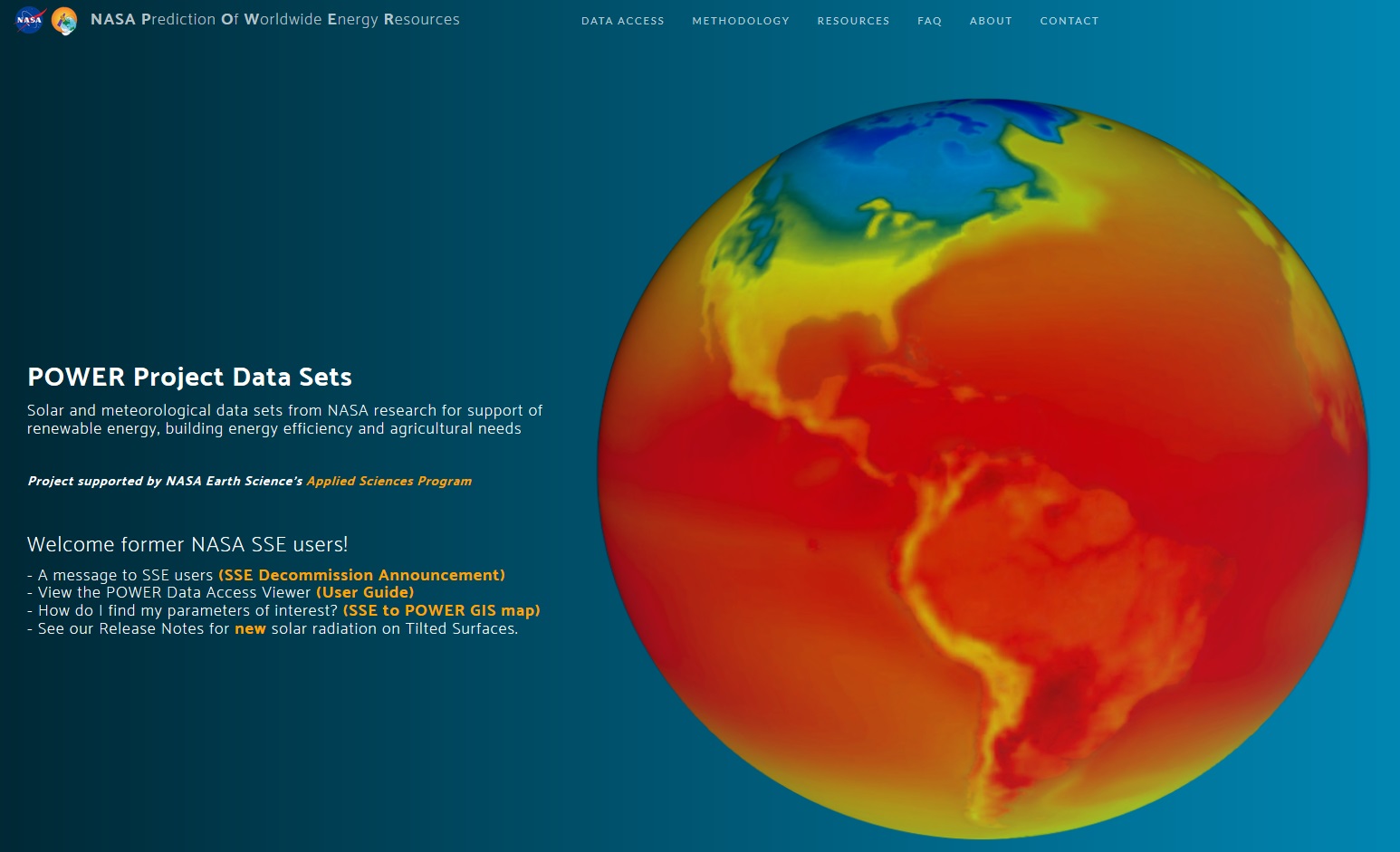STEM Career Connections
Meet Dr. Paul Stackhouse, Senior Research Scientist

Job Title
Senior Research Scientist, NASA’s Langley Research Center
Meet Dr. Paul Stackhouse
Work Description
Dr. Stackhouse's Science Interests: Using satellite observations of the Earth-atmosphere system from multiple sources to study Earth’s global energy cycle, especially the processes that cause variability from global to regional scales. Dr. Stackhouse also develops new data products and data systems to help analyze these processes and more efficiently understand and use renewable energy sources.
Research highlights: The U.S. state of Arizona receives a lot of sunshine. According to data available through the National Oceanic and Atmospheric Administration’s National Centers for Environmental Information, Phoenix receives an average of 85% of possible sunshine each year when compared with other U.S. cities (such as Detroit, Michigan, which receives an average of 54% of possible annual sunshine). As a result, Arizona is an ideal location for using solar power.
Solar power is one example of a renewable energy resource. Other examples include wind power, geothermal power, and hydroelectric power. A recent study - Renewable Electricity Futures Study - by the Department of Energy’s National Renewable Energy Laboratory (NREL) found that “renewable electricity generation from technologies that are commercially available today, in combination with a more flexible electric system, is more than adequate to supply 80% of total U.S. electricity generation in 2050 while meeting electricity demand on an hourly basis in every region of the United States.”
NASA provides ongoing support to the solar energy, energy-efficient building, and agriculture industries through its development of environmental datasets created from data collected by instruments aboard Earth-observing satellites. Additional datasets are created from data derived from environmental models that simulate natural processes under future environmental conditions. Dr. Paul Stackhouse leads several NASA initiatives to create and enhance these data products and develop systems to provide these data to a global user community.

A principal effort led by Dr. Stackhouse is the Prediction of Worldwide renewable Energy Resources (POWER) applied science project. The purpose of POWER is to improve existing renewable energy datasets and create datasets using data from new and existing satellite missions. POWER is a geographic information system (GIS)-enabled interactive web portal that provides data products customized to three primary user communities: Renewable Energy, Sustainable Buildings, and Agroclimatology. These products are available from daily up to multiple-year averages.
To the Renewable Energy community, POWER provides access to parameters specifically tailored to assist in the design of solar and wind-powered renewable energy systems. For the Sustainable Buildings community, POWER provides access to industry-friendly parameters important for building-system optimization. Finally, POWER provides the Agroclimatology community web-based access to parameters formatted for input to crop models contained within agricultural decision support systems.
POWER utilizes data products from two other projects led by Dr. Stackhouse: the World Climate Research Programme (WCRP) Global Energy and Water Exchange (GEWEX) Surface Radiation Budget (SRB) project and the Clouds and the Earth’s Radiant Energy System (CERES) Fast Longwave and Shortwave Radiative Fluxes (FLASHFlux) project. “Radiation budget” refers to the difference between the absorbed solar radiation hitting Earth and the net infrared energy radiated from the surface, regulated by the atmosphere, and ultimately radiated back into space. These energy interactions control Earth’s temperature and rainfall and take into account the sum of all radiation, transferred in all directions, through Earth’s atmosphere and to-and-from space.
CREDIT: NASA EOSDIS

